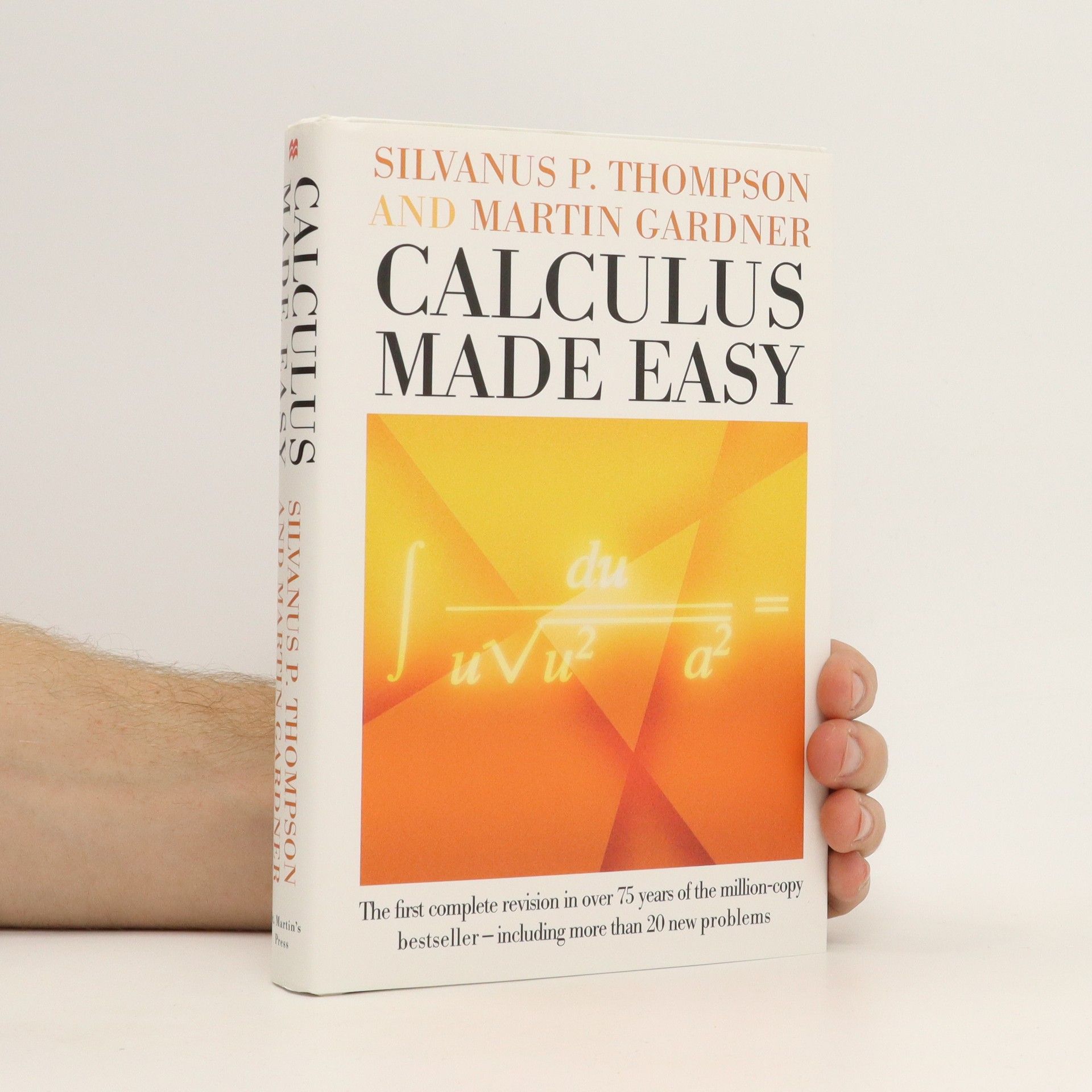Ajá! paradojas que hacen pensar
- 271 páginas
- 10 horas de lectura
Mucho podemos aprender de las paradojas. Al igual que los buenos trucos de ilusionismo, nos causan tanto asombro que inmediatamente queremos saber cómo se han hecho. Los ilusionistas no revelan jamás cómo hacen lo que hacen, pero los matemáticos no tienen necesidad de guardar el secreto. Las matemáticas no solo pueden ser divertidas, sino que encierran una fabulosa mezcla de sorpresa y de aprendizaje. Nunca se olvidará de ello si se asoma a los asombrosos juegos de Martin Gardner.








